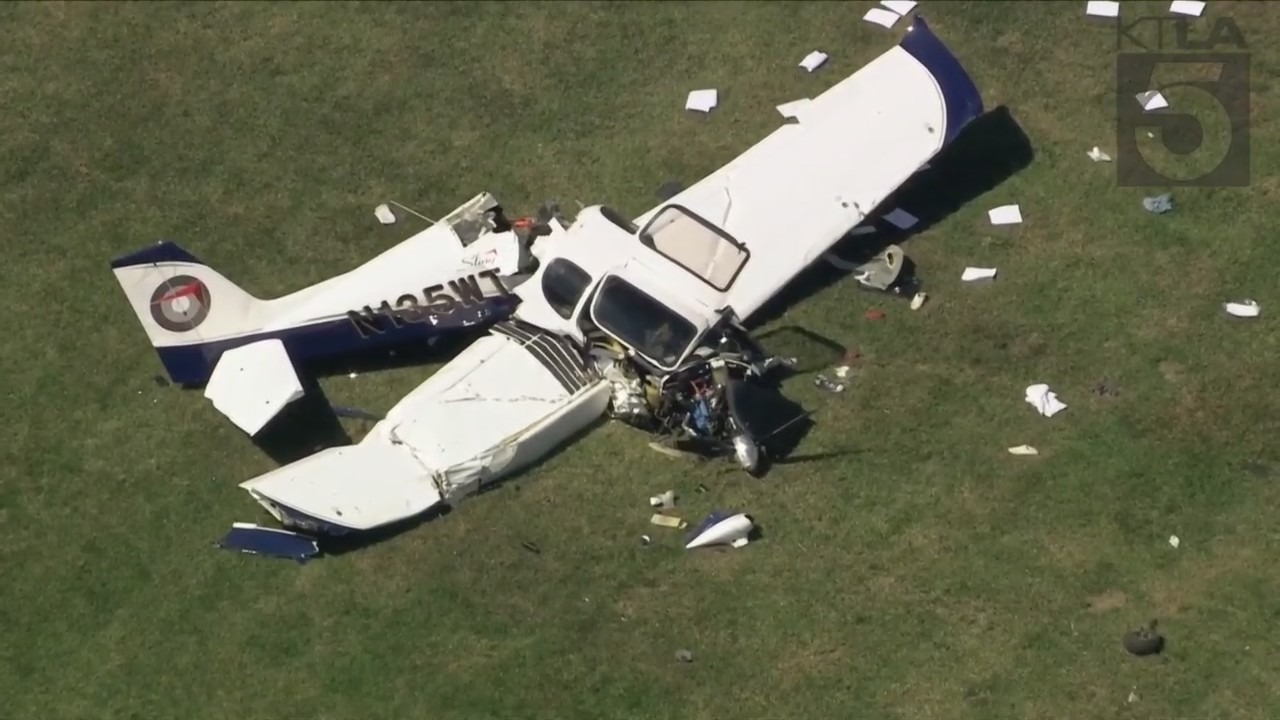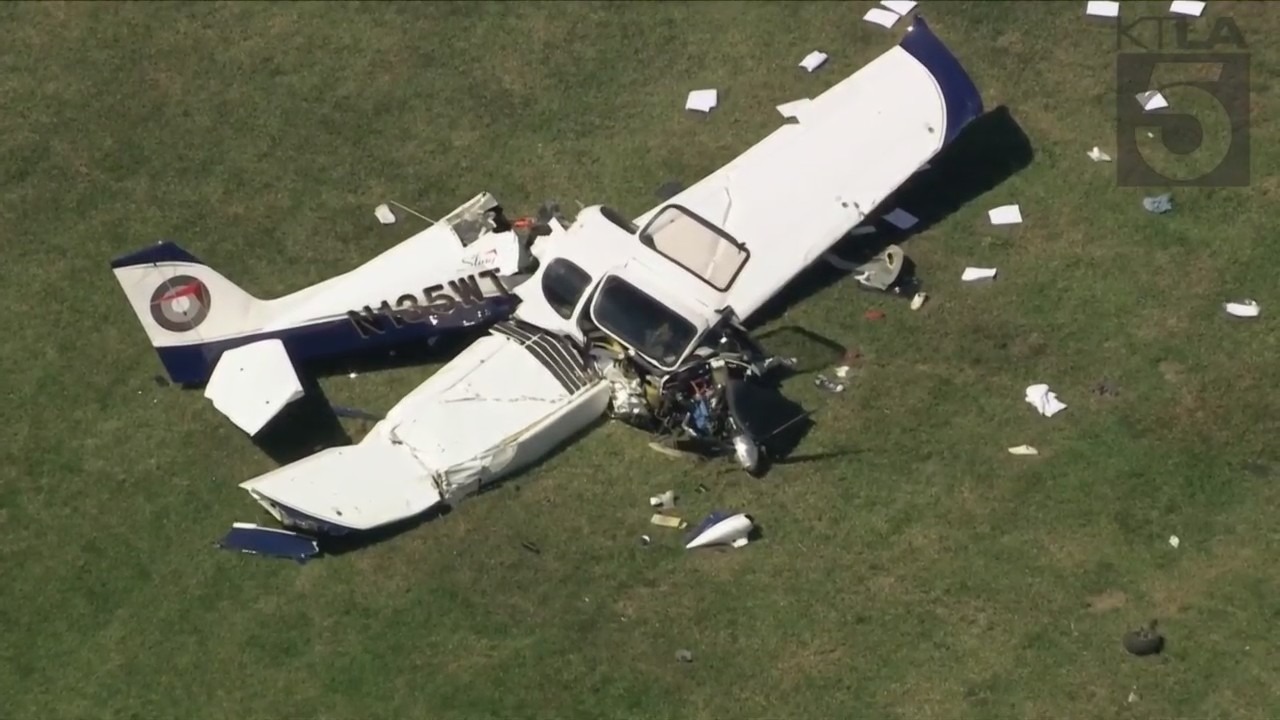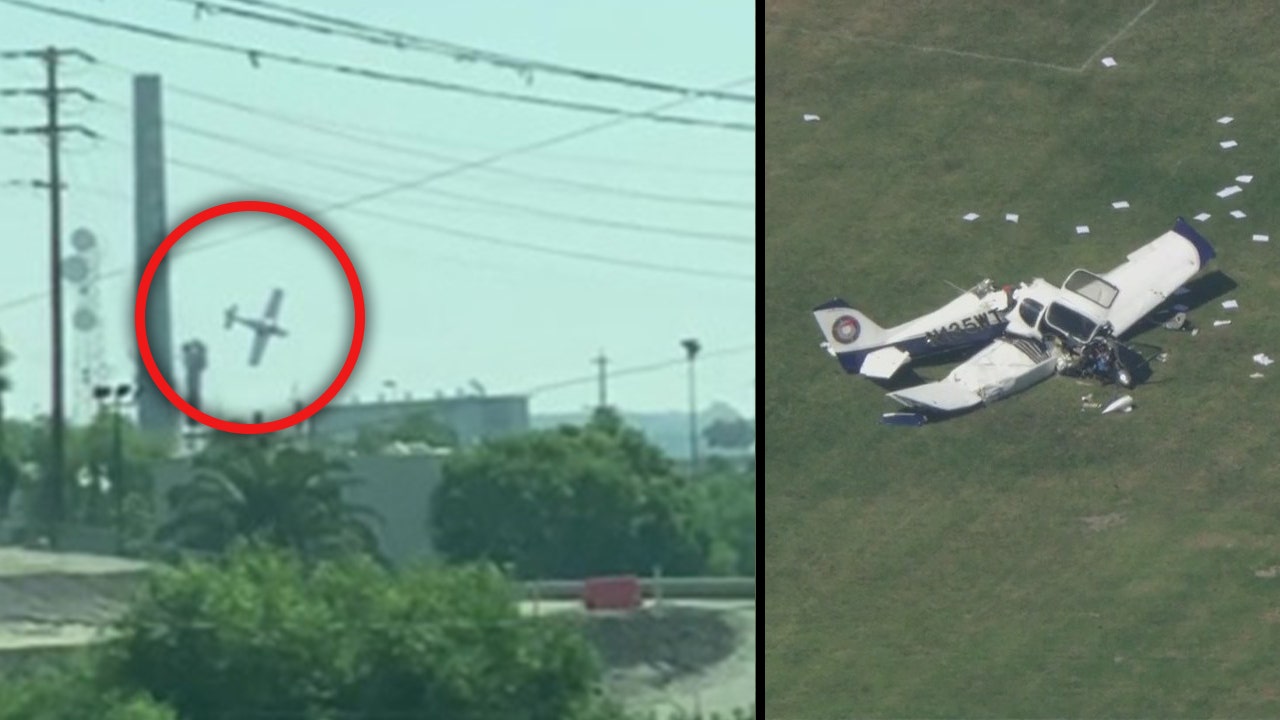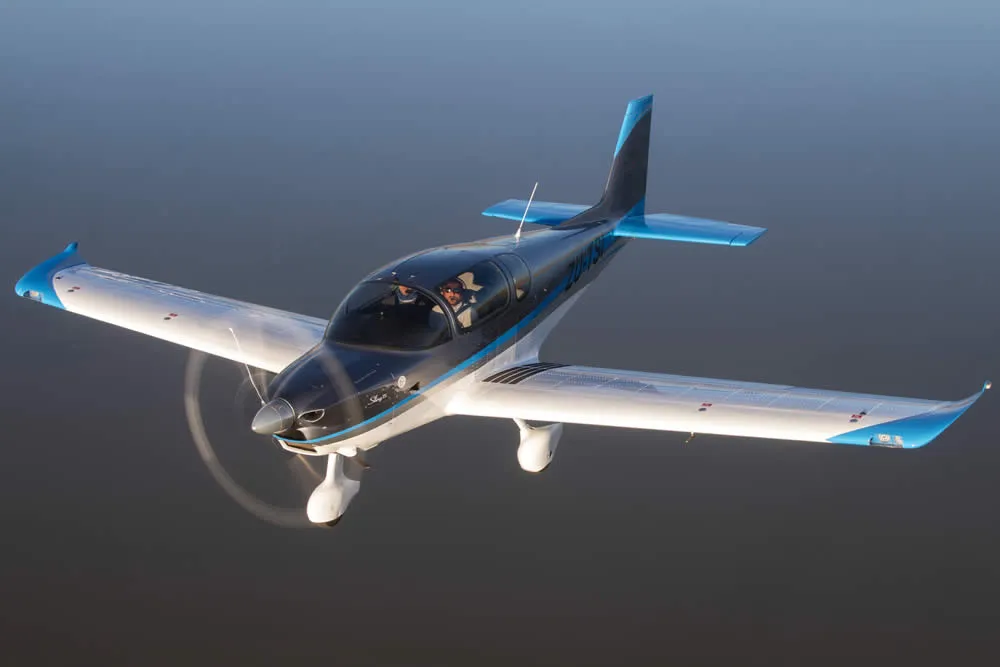Another thing apparently they don’t teach: Never turn away from a forced landing spot.
"Apparently I was never taught that. I have no idea what it means."
When setting up for a forced landing, never turn away from the field you are aiming for. You can easily find yourself outside of gliding range. And the field at your back really shortens the time you have to find power lines, ditches and the like. So you always keep the field in front of you, slip or S-turn if you have to. . . but never turn your back on
the field you are setting up to land on. Circle over the top of it as the center point of the circle is keeping it in front of you, going into the traffic pattern approach is keeping it in front of you. But to turn away from the field to lose altitude is a poor choice.
Another thing is that you need to arrive at your forced landing location ideally at traffic pattern altitude and set up your landing that way. Think you have a five mile glide range? That is to the deck. That isn't right, because you have no room to maneuver and set up with the proper airspeed and decisions to land. So think of the field not as GL but 1000 AGL.
Too many people die trying to stretch a glide - arriving too low at the field or turning away from it, having the winds blow you away and then trying to get back to the field.
Hence, always keep it in front of you and never turn away from it. So in this case, the maneuvers to set up didn't help them.
the way, it's climb and descent angles that count, not the rates. The wind and density altitude factor into that.
My point is to move us beyond theory that we can't think about with an engine out and trying to be practical. We can't figure out angles in flight. But we do know rate of climb and rate of descent. While I admit this isn't exact, it is an excellent way to at least figure if you are in the ballpark. Climb at 500 fpm up, glide at 700 fpm down, you aren't going to make it regardless of charts, DA, winds and angles. My climb and glide are best at the same at 57 mph or so. 400 fpm up and 600 fpm glide. So you should pre-plan for something other than a turn back. A stall will kill. Trying to stretch a glide will kill. An article in Sport Aviation made this point and was convincing. Simple and easy to figure out. I think that CFIs that instruct in the impossible turn are this generations CFIs that tried to do single engine multi ops with the engine actually turned off in the 1950s. They killed a lot of people below Vmc before the training changed.





